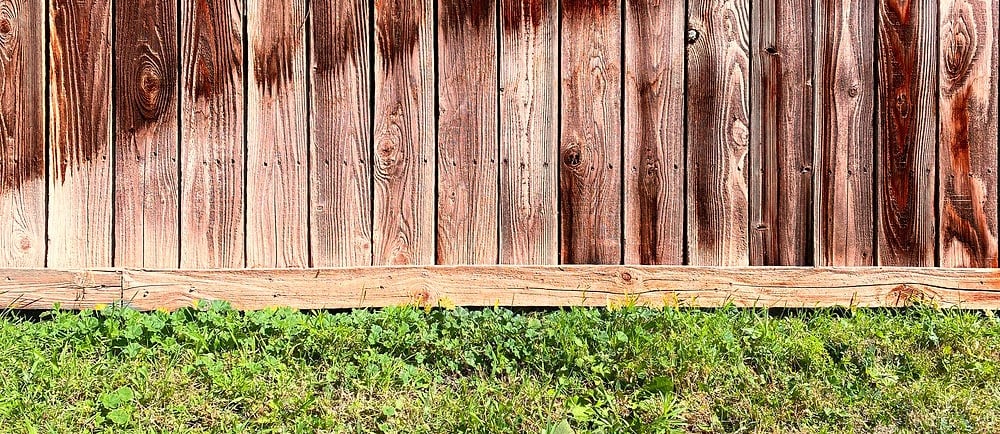How Chlorine from Irrigation Sprinklers Can Damage Your Fence Stain
FENCE STAINING IN NORTH TEXAS


How Chlorine from Irrigation Sprinklers Can Damage Your Fence Stain
In North Texas neighborhoods like Frisco, Little Elm, and Plano, homeowners take pride in beautifully stained fences that elevate curb appeal and protect wood from the elements. But one hidden threat often goes unnoticed: chlorine exposure from irrigation sprinkler systems. While chlorine is commonly used to disinfect municipal water supplies, its chemical properties can wreak havoc on your fence stain over time.
Chlorine’s Impact on Wood Stain
When sprinkler systems spray chlorinated water directly onto stained wood surfaces, the chlorine acts as a mild solvent. This repeated exposure gradually breaks down the protective oils and pigments in the stain, leading to fading, discoloration, and premature wear. The result? A fence that looks dull, patchy, and weathered—far sooner than expected.
Accelerated UV Breakdown
Chlorine also accelerates UV degradation, especially in oil-based stains. As the chlorine strips away the stain’s protective layer, the underlying wood becomes more vulnerable to sun damage. This leads to cracking, warping, and increased porosity, which invites moisture intrusion and fungal growth.
Spotting the Signs of Chlorine Damage
If you notice uneven fading, white streaks, or a chalky residue on your fence—especially near sprinkler heads—you may be dealing with chlorine-related damage. These symptoms often appear within months of staining, undermining your investment and reducing the lifespan of your finish.
How NTX Fence Staining Protects Your Investment
At NTX Fence Staining, we understand the unique challenges posed by North Texas irrigation systems. That’s why we offer a 6-month craftsmanship warranty and use premium stains formulated to resist chemical breakdown. We also advise strategic sprinkler placement and offer maintenance tips to extend the life of your stain.
Proactive Solutions for Homeowners
To protect your fence from chlorine damage:
• Adjust sprinkler heads to avoid direct contact with wood
• Install drip irrigation near fence lines
• Schedule regular stain maintenance and inspections
By taking these steps, you’ll preserve your fence’s rich color, texture, and durability—while maximizing your property’s value.
